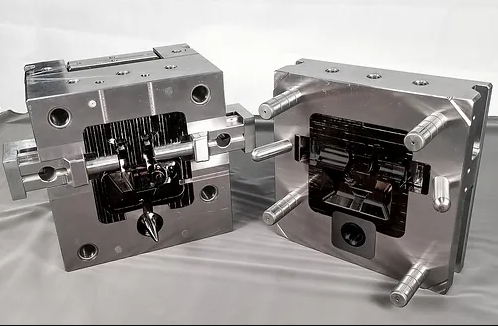Introduction
Product development is a complex and intricate process that involves several stages, starting from conceptualization to final production. One crucial step in this process is creating a prototype. In this article, we will explore the significance of aluminum prototypes in product development and how they contribute to the overall success of a product.
Understanding Prototypes
Before delving into the details of aluminum prototypes, it’s important to understand what a prototype is. A prototype is a preliminary model or sample of a product that allows designers and manufacturers to test and evaluate its functionality, aesthetics, and overall performance. It helps in visualizing and validating the design before investing in mass production.
Why Aluminum?
When it comes to choosing the material for prototypes, aluminum has become a popular choice for various reasons. Firstly, aluminum is lightweight yet robust, making it ideal for creating prototypes that can withstand rigorous testing. Its strength-to-weight ratio ensures durability while allowing for easy handling and transportation during the testing phase.
Secondly, aluminum offers excellent thermal conductivity. This property is particularly significant in product development as it allows for efficient heat dissipation, ensuring that the prototype can endure prolonged usage without overheating. This is especially relevant for electronic devices, automotive components, and other products that generate heat during operation.
Furthermore, aluminum is highly malleable, making it easy to form into different shapes and sizes. This flexibility allows designers to create prototypes that closely resemble the final product, providing a realistic representation of the concept. Aluminum’s versatility also enables manufacturers to make necessary modifications quickly, reducing both time and cost in the development process.
Benefits of Aluminum Prototypes
1. Cost-effective: Aluminum is cheaper compared to other materials commonly used for prototyping, such as steel or plastic. This cost advantage is beneficial, especially when multiple iterations or modifications of the prototype are required.
2. Faster production: Aluminum prototypes can be produced quickly due to the material’s ease of machining and forming. This speed allows for faster testing and evaluation, enabling designers to identify and rectify any flaws or design issues promptly.
3. Improved accuracy: The malleability of aluminum ensures high precision in creating prototypes. This accuracy is crucial in product development, as even minor design flaws can significantly impact the functionality and performance of the final product.

4. Enhanced aesthetics: Aluminum prototypes can be treated and finished to achieve a desired appearance. This is particularly important when presenting the prototype to potential investors, stakeholders, or customers. A visually appealing prototype helps in conveying the overall vision and value proposition of the product.
5. Durable and long-lasting: Aluminum prototypes are known for their durability and longevity. This characteristic allows for extensive testing and evaluation without the fear of the prototype getting damaged or worn out easily. The ability to withstand rigorous testing contributes to the overall reliability and quality of the final product.
Conclusion
Creating an aluminum prototype is a critical step in product development. Aluminum’s lightweight yet robust nature, excellent thermal conductivity, and malleability make it an ideal material for prototyping. The benefits of aluminum prototypes, such as cost-effectiveness, speed of production, improved accuracy, enhanced aesthetics, and durability, contribute significantly to the success of the final product. By investing in aluminum prototypes, designers and manufacturers can gain valuable insights, refine their designs, and ultimately deliver a high-quality and market-ready product.
-

- Magnesium alloy foundry parts bicycle wheel with CNC machining & surface finishing
-

- Magnesium alloy die casting auto parts transfer case
-

- Magnesium alloy die-casting rigid fork for bike
-

- parts&comopnents for bicycle suspension fork for MTB
-

- Magnesium alloy thixomolding die-casting UAV parts
-

- Bicycle Freehub 12/14/16 Inch Children Bike Low Rider Bikes Magnesium Aluminum Alloy Children Bicycle 3-8 Years Old In Stock

 0086-750-5616188
0086-750-5616188 +86 13392089688
+86 13392089688 sales@zhongmei-tech.com
sales@zhongmei-tech.com







